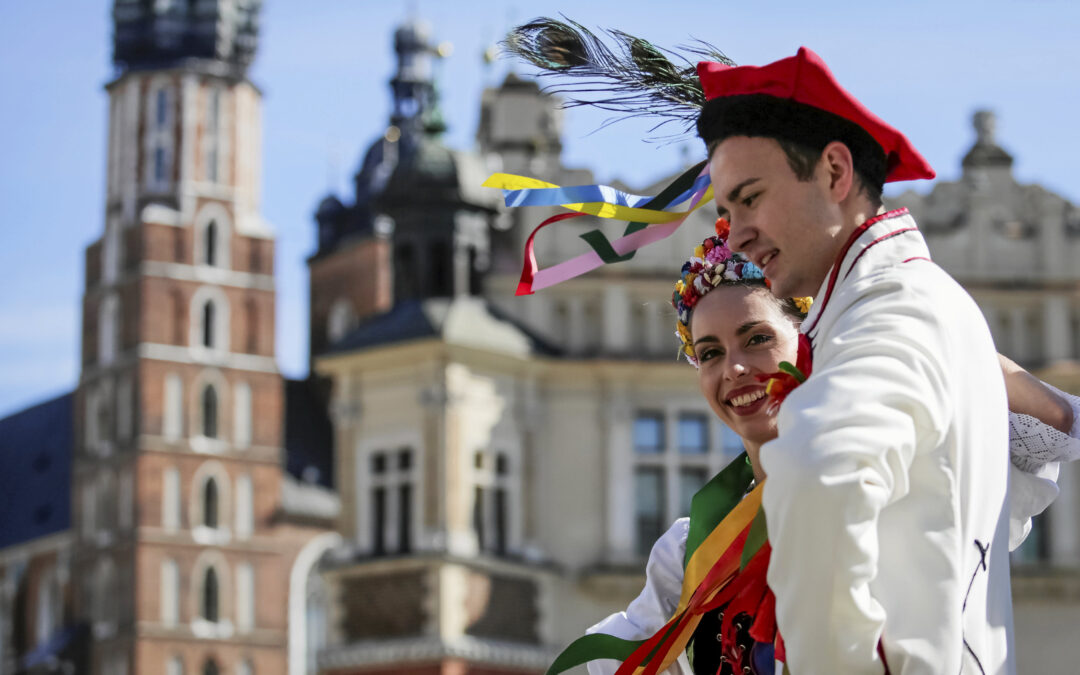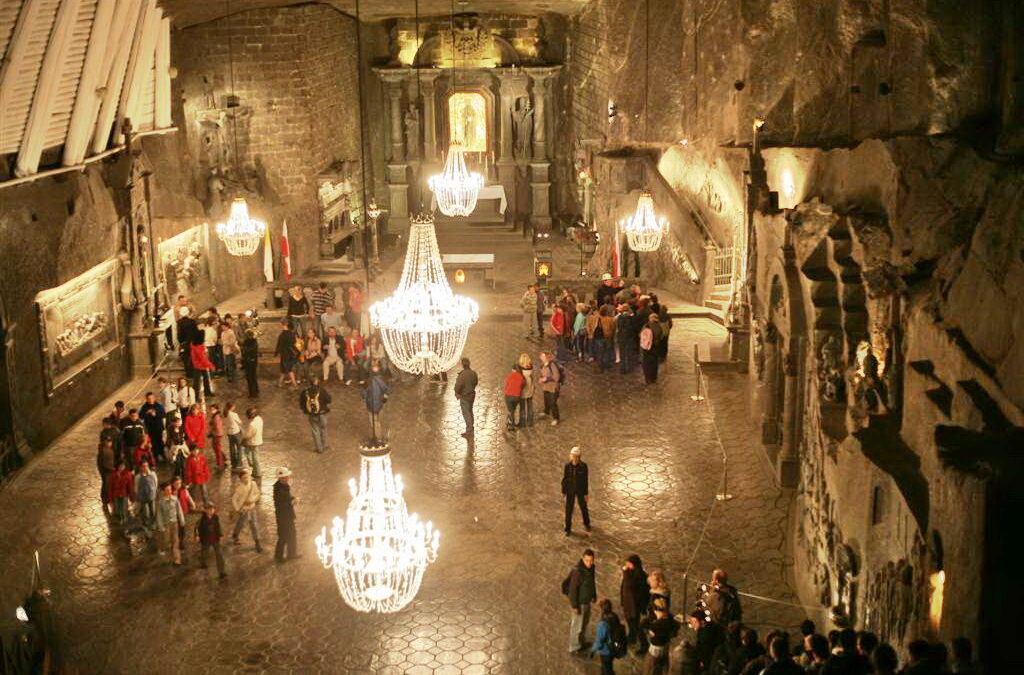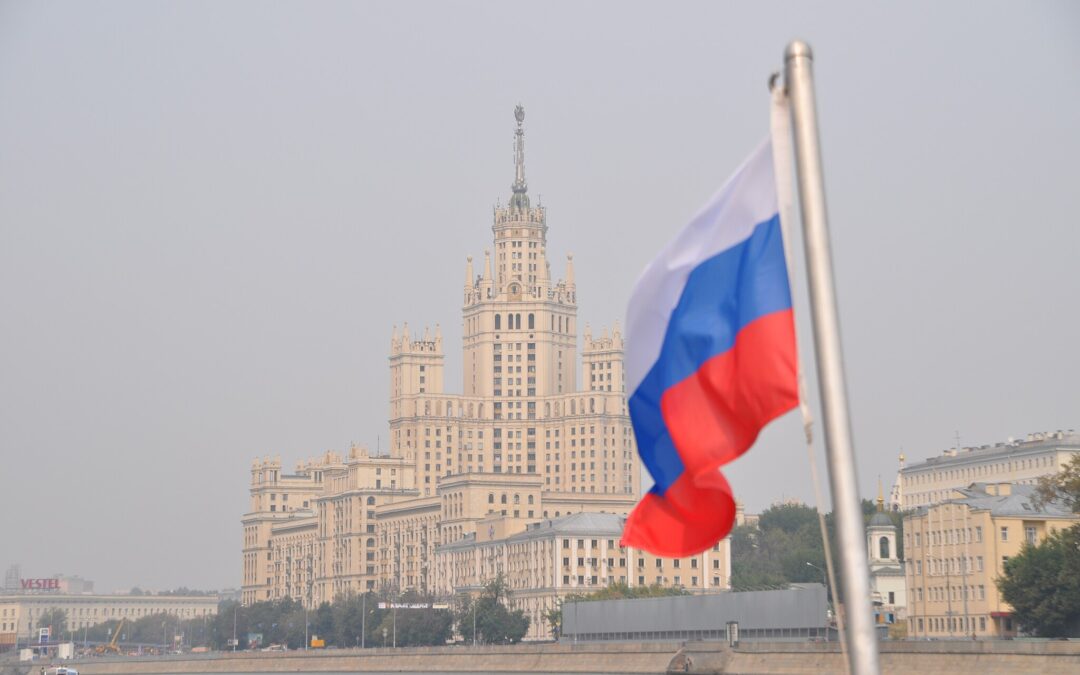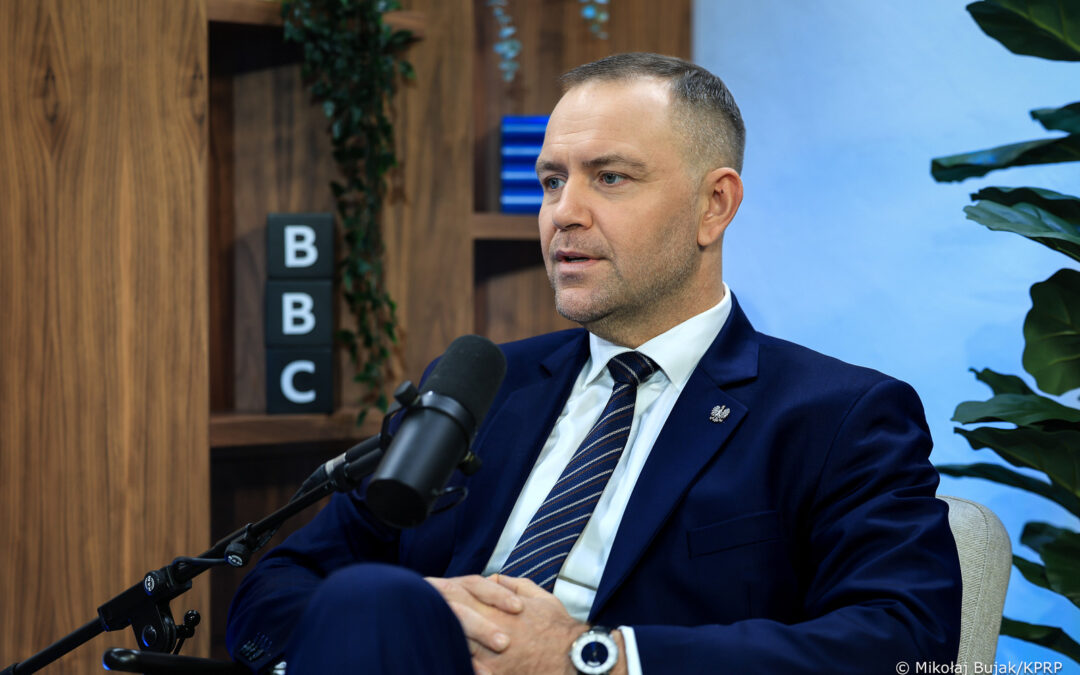This essay was first published in the latest edition of Lonely Planet’s guide to Poland, which you can find and purchase on the publisher’s website.
Hard on the outside, soft on the inside. Poles embody a spectrum of paradoxes that perplex foreign visitors, but one feature dominates the others: hospitality. Alicja Ptak introduces her people.
You get off at Warsaw’s main train station. Hordes of sad-looking people pass you by. You try to build a rapport with strangers by smiling at them – a rookie move. Your kind gesture is most likely met with suspicion.
But when you find yourself in a Polish house, you are greeted with a truly royal welcome. The table is breaking under the weight of baked goods, a three-course dinner is simmering on the cooker, and you’ve been given your own pair of slippers.
Are you confused yet? Don’t be.
This innate contradiction seems to be one of the main features of Poles throughout the ages. The 19th-century poet and national bard, Adam Mickiewicz, compared the Polish nation to lava: “hard and nasty, dry and cold above” with “an inner fire” that can burn for centuries.
This Polish nature, however, is a paradox only at first glance. Poles value honesty, openness and loyalty. They hate small talk. To them, “how are you?” is a question, not a mere pleasantry. If you ask, you will be answered fully and honestly.
Sorry to interrupt your reading. The article continues below.

Notes from Poland is run by a small editorial team and published by an independent, non-profit foundation that is funded through donations from our readers. We cannot do what we do without your support.
Poles are kings of hospitality, a national trait engrained through traditions such as a symbolic empty plate during Christmas Eve dinner that’s left for an unannounced wanderer.
In 2022, just a few months after Russia launched its full-scale invasion of Ukraine, tens of thousands of Polish households hosted about half a million refugees under their roofs. Others helped by donating money and volunteering at reception centres.
In the western city of Wrocław, a man dressed up as Superman even gave out sweets to refugee children cramped at a train station. In Warsaw it was a dinosaur and in Katowice, Little Red Riding Hood.
A study by the Polish Economic Institute showed that 77% of Poles were involved in helping refugees from Ukraine in the early months of the war, spending an estimated €2 billion out of their own pockets.
Ok, you all already know that thousands of Poles helped refugees from Ukraine in many ways. But this guy that keeps walking around Warsaw Central Station in a tyrannosaurus costume, giving sweets to refugeees children, is just insane. And it works – kids love him! pic.twitter.com/KaU5GFebvy
— Jan Mencwel (@JanMencwel) March 13, 2022
The sudden influx of Ukrainians added a little variety to otherwise homogeneous Polish society. The most recent 2021 census data show that 97.6% of Poland’s residents identify as Poles, 98.4% speak Polish and 71.3% are Roman Catholics, but this has not always been the case.
Before World War II, Poles accounted for only 69% of the population, while the most numerous ethnic minorities were Ukrainians, Jews, Belarusians and Germans. The mosaic of nationalities also included Lithuanians and Roma people, as well as “polonised” Armenians and Tatars.
The territory of Poland was the geographic and cultural middle ground between the West and the East.
This variety remains engraved in Polish literature and language, with many words originating from German or Turkish, and in the national cuisine, which has Jewish, Russian and even Mongolian influences.
Many traditional staples of Poland's Christmas Eve supper, Wigilia, remain widespread.
But the feast continues to evolve – as it always has – with regional variations and new dishes to cater to changing tastes and diets, writes @NParzygnat https://t.co/fuKq3POl5Z
— Notes from Poland 🇵🇱 (@notesfrompoland) December 22, 2021
Diversity in homogeneity
I feel very Polish. I was born here to Polish parents, and Polish was the only language spoken at home. I studied Polish language and literature at university, and telling stories about Poland has become my full-time job.
However, my homogeneous present has been built, just like Poland, on a multinational and multicultural past.
My ancestors lived in what are Lithuania and Ukraine today. They spoke different languages and had different religions. Their adventures and misfortunes mirrored the history of Poland, with the national tragedies of World War II and the communist rule that followed being the source of trauma for many families, whether consciously realised or not.
In my family, the first lesson in history was usually given at family gatherings, when grandparents would begin to recount the events from their youth after a glass of liquor.
I am now trying to return to these diverse roots myself. To my grandmother’s delight, I learned Ukrainian, which allowed me to read the cards still sent from Kolomyia, a town in western Ukraine where her relatives live to this day.
Amid this year's influx of refugees from Ukraine, many Poles decided to start learning Ukrainian – including our editor @AlicjaPtak4.
She spoke with learners and teachers to see how bridging the language gap is strengthening ties between the two nationshttps://t.co/D0yw3kFC4U
— Notes from Poland 🇵🇱 (@notesfrompoland) November 10, 2022
Main image credit: Jakub Wlodek / Agencja Wyborcza.pl

Alicja Ptak is deputy editor-in-chief of Notes from Poland and a multimedia journalist. She has written for Clean Energy Wire and The Times, and she hosts her own podcast, The Warsaw Wire, on Poland’s economy and energy sector. She previously worked for Reuters.



















